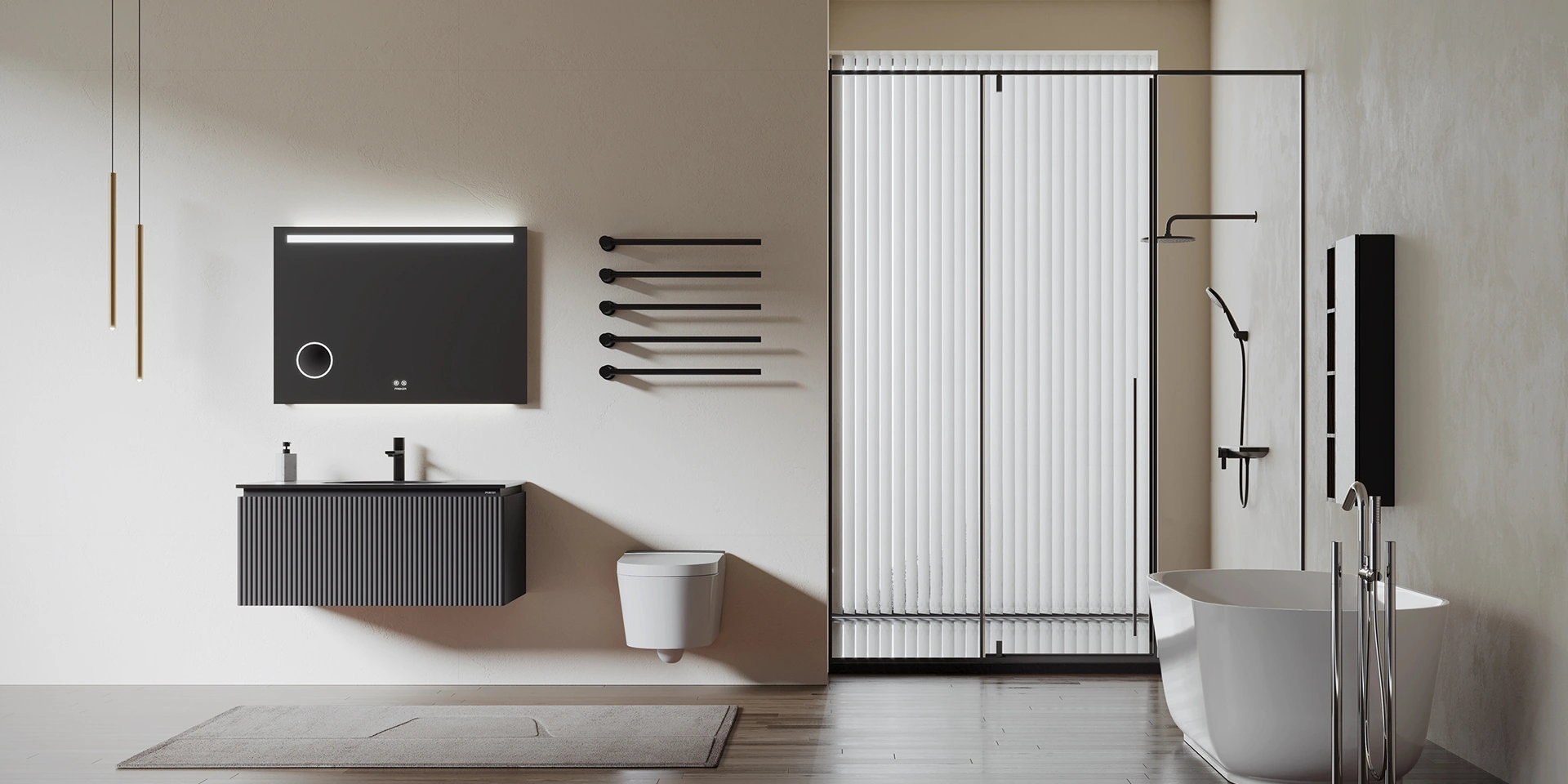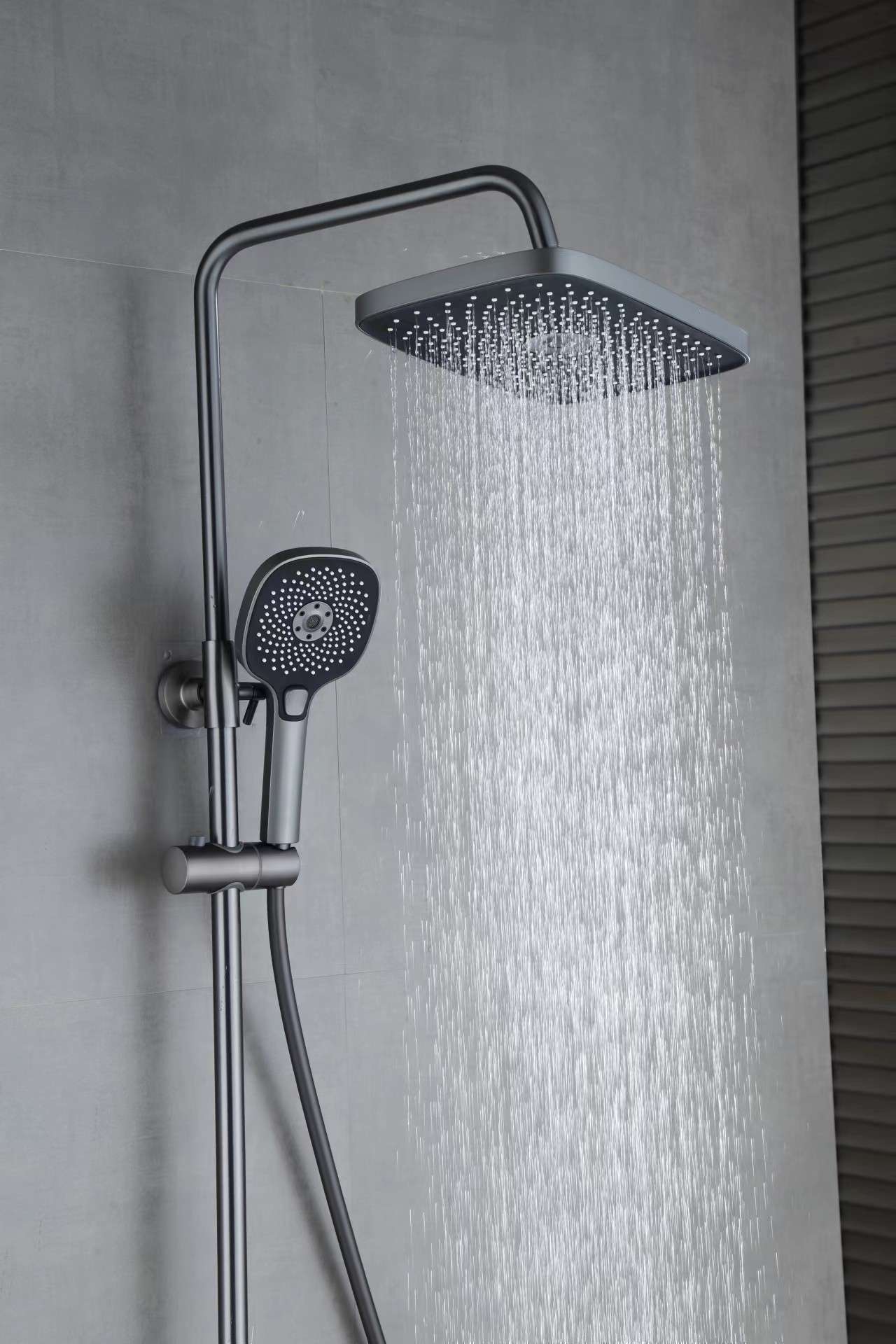Understanding Butyl Sealant Strips: Applications and Benefits in Industrial Sealing Solutions
Release time:
2024-08-10
Butyl sealant strips are versatile sealing materials known for their excellent adhesion, flexibility, and resistance to weathering. Primarily composed of synthetic rubber, these strips are widely used in industrial applications where reliable sealing is crucial. The unique properties of butyl make it an ideal choice for various sealing needs, particularly in environments exposed to moisture, chemicals, and temperature fluctuations.
One of the significant advantages of butyl sealant strips is their superior waterproofing capability. They create a robust barrier against water infiltration, making them suitable for use in roofing, windows, and other structural components. In industrial settings, where equipment and facilities must operate under stringent conditions, the importance of effective sealing cannot be overstated. Butyl sealant strips ensure that joints and seams remain impermeable, thus preventing potential damage and costly repairs.
In addition to waterproofing, butyl sealant strips exhibit strong adhesion to a variety of substrates, including metals, plastics, and glass. This property is particularly beneficial in applications where different materials are used together. The ability to bond well with dissimilar surfaces enhances the overall integrity of the assembly, reducing the risk of leaks or failures. Moreover, the flexibility of butyl allows for movement and expansion in response to temperature changes, further ensuring reliable performance over time.
Another noteworthy aspect of butyl sealant strips is their chemical resistance. They can withstand exposure to a range of chemicals, which makes them suitable for use in harsh industrial environments, such as manufacturing plants and chemical processing facilities. This resistance minimizes the likelihood of degradation, allowing the sealant to maintain its performance over an extended period.
When considering the use of butyl sealant strips, it is essential to evaluate the specific requirements of your project. Factors such as environmental conditions, substrate materials, and the potential for movement should all be taken into account. Proper installation techniques also play a critical role in achieving the desired sealing performance. Ensuring a clean, dry surface and applying the strip with adequate pressure will enhance the bond and longevity of the seal.
In conclusion, butyl sealant strips serve as an effective solution for industrial sealing applications, offering a combination of waterproofing, adhesion, flexibility, and chemical resistance. Their versatility makes them an invaluable asset for professionals seeking reliable sealing solutions in various settings. By understanding the properties and benefits of butyl sealant strips, industry experts can make informed decisions that enhance the durability and performance of their projects.
One of the significant advantages of butyl sealant strips is their superior waterproofing capability. They create a robust barrier against water infiltration, making them suitable for use in roofing, windows, and other structural components. In industrial settings, where equipment and facilities must operate under stringent conditions, the importance of effective sealing cannot be overstated. Butyl sealant strips ensure that joints and seams remain impermeable, thus preventing potential damage and costly repairs.
In addition to waterproofing, butyl sealant strips exhibit strong adhesion to a variety of substrates, including metals, plastics, and glass. This property is particularly beneficial in applications where different materials are used together. The ability to bond well with dissimilar surfaces enhances the overall integrity of the assembly, reducing the risk of leaks or failures. Moreover, the flexibility of butyl allows for movement and expansion in response to temperature changes, further ensuring reliable performance over time.
Another noteworthy aspect of butyl sealant strips is their chemical resistance. They can withstand exposure to a range of chemicals, which makes them suitable for use in harsh industrial environments, such as manufacturing plants and chemical processing facilities. This resistance minimizes the likelihood of degradation, allowing the sealant to maintain its performance over an extended period.
When considering the use of butyl sealant strips, it is essential to evaluate the specific requirements of your project. Factors such as environmental conditions, substrate materials, and the potential for movement should all be taken into account. Proper installation techniques also play a critical role in achieving the desired sealing performance. Ensuring a clean, dry surface and applying the strip with adequate pressure will enhance the bond and longevity of the seal.
In conclusion, butyl sealant strips serve as an effective solution for industrial sealing applications, offering a combination of waterproofing, adhesion, flexibility, and chemical resistance. Their versatility makes them an invaluable asset for professionals seeking reliable sealing solutions in various settings. By understanding the properties and benefits of butyl sealant strips, industry experts can make informed decisions that enhance the durability and performance of their projects.
Related News
Share
 Ruigad@Ruigad.com
Ruigad@Ruigad.com
 0592-6363076
0592-6363076








